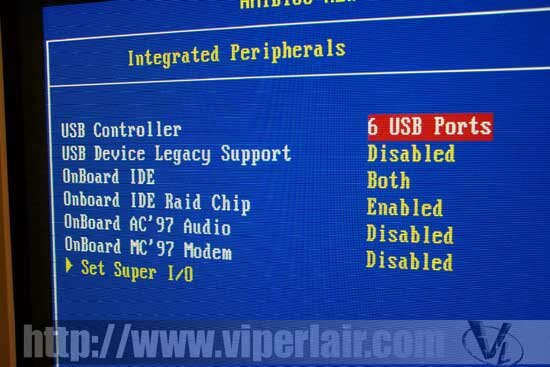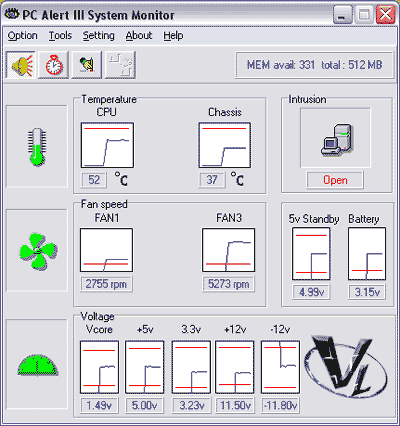|
The BIOS and Software

By now, the AMI BIOS is pretty much MSI's standard. The AMI BIOS v3.31a is present again, and although it is functional, I do find it lacking when compared to the Award BIOS others use. There is still a fair amount of tweaking options available, and should be sufficient for most power users.

The basics are in place, such as enabling or disabling features such as the Promise controller, USB, sound, and various other integrated devices.

The fun begins with the tweaking. The CPU will likely be locked, so you're forced to do your overclocking via the multiplier. Adjustments in 1MHz increments are available, and simply keying in what FSB you want is a snap. In this menu, you can also adjust the voltage of your CPU, AGP and DDR in case your system isn't getting enough juice.

For the DDR, all your various timings are available. Unfortunently, due to the design of the MCH, you only have support for up to PC2100. There isn't even an option for "+33" for your ram, which I thought was kind of a drag since PC2700 is gaining in market acceptance.

Although it appears everything you need is present, one glaring feature I found that was missing was the lack of PCI dividers. I'm wondering if it's a "silent" feature, as it was with the KT3 Ultra, but it certainly isn't present here. Therefore, unless I'm told otherwise, as you increase your FSB, you'll be speeding everything up, which may cause issues when overclocking.
Software
Fuzzy Logic 4 is MSI's Windows based overclocking software. It works well for the most part, but personally, I still prefer doing it the old fashion way in the BIOS.

PC Alert III, much like Motherboard Monitor, is a background app (though it can be configured to be launched only when requested) that monitors your system health, in regards to heat. Your CPU temps are monitored, as well as any fans that support monitoring. You may notice higher temps than you're used to, but that's because it's read directly off the CPU diode.
The Live BIOS and Live Driver is something that's packaged with all of MSI's new boards, but it's still something I'm not comfortable using. Both are Windows based applications that can update the appropriate feature on your motherboard. I'd still update the BIOS through pure DOS mode though.
Finally, you get all of the drivers you need to run your hardware. For maximum performance from your IDE drives, be sure to install the Intel Application Accelerator,
Previous Page - Integrated Hardware
Next Page - Overclocking & Test Setup
|
